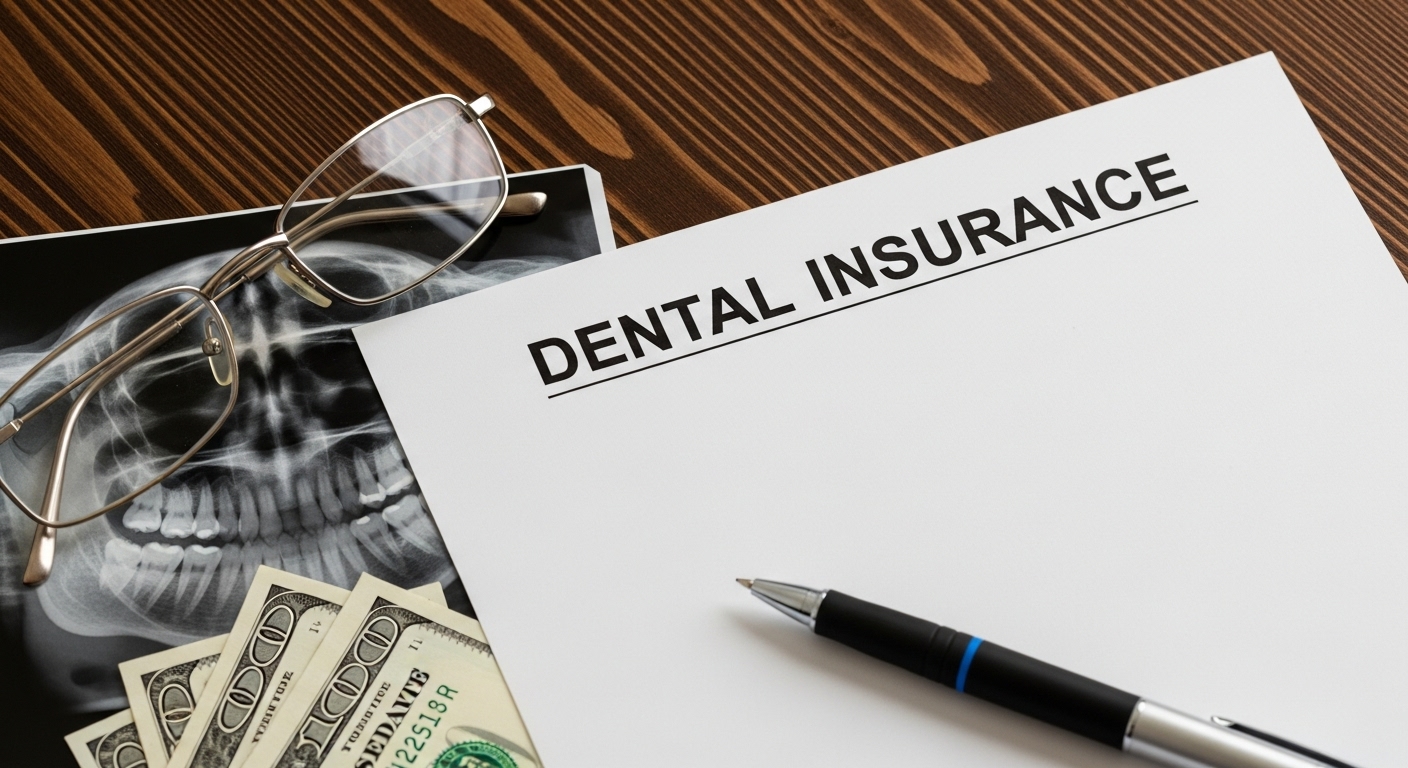Contents

Dental Care Reimbursement: What You Need to Know (Updated April 2025)
Are you wondering which dental treatments are covered by your insurance and to what extent? It's not always easy to navigate the different procedures, insurance networks, and out-of-pocket costs. We explain everything about dental reimbursements in 2025.
What is the Typical Reimbursement Rate for Dental Care?
In the United States, dental insurance reimbursement is structured around service categories. Most PPO plans follow a "100-80-50" coverage structure:
- 100% for Preventive Care: Exams, X-rays, and standard cleanings are usually fully covered.
- 80% for Basic Services: Fillings, simple extractions, and sometimes root canals fall into this category.
- 50% for Major Services: Crowns, bridges, dentures, and implants are typically covered at this lower rate.
It's important to remember that:
- No dental treatment is fully covered without insurance.
- Coverage only applies after you meet your annual deductible.
- All reimbursements are subject to your plan's annual maximum limit.
- Costs beyond your plan's coverage are your responsibility.
Reimbursement for Consultations and Routine Dental Care
Your coverage for dental visits depends on your plan's network and benefit structure:
- In-Network Dentist: You get the best rates and coverage. Preventive visits are often covered at 100%.
- Out-of-Network Dentist: Your plan may still cover a portion, but your out-of-pocket costs will be higher.
For common treatments, coverage is typically as follows:
| Procedure | Typical Coverage | Your Co-insurance |
|---|---|---|
| Exam & Cleaning | 100% | 0% |
| Filling a Cavity | 80% | 20% |
| Root Canal on a Molar | 50% - 80% | 20% - 50% |
| Tooth Extraction (simple) | 80% | 20% |
Any amount charged by the dentist above your plan's allowed amount ("UCR" or Usual, Customary, and Reasonable fee) is your responsibility.
How to Get Reimbursed for Dental Care
The process is straightforward:
- Your dental office will submit a claim to your insurance company after your visit.
- The insurance company processes the claim based on your plan's benefits.
- You will receive an Explanation of Benefits (EOB) detailing what was covered and what you owe.
- If your dentist is in-network, you usually only pay your estimated portion at the time of service. If they are out-of-network, you may need to pay in full and wait for reimbursement from your insurance company.
Reimbursement for Children and Teen Dental Care
Routine Care: Most dental plans cover preventive care for children at 100%, encouraging regular check-ups.
Orthodontics:
- Conditions: Most plans with orthodontic coverage apply it to dependents under the age of 19.
- Reimbursement: Coverage is typically 50% of the total cost, up to a lifetime maximum per child (e.g., $1,500 - $2,500).
Reimbursement for Dental Prosthetics (Crowns, Bridges, Dentures)
Prosthetics are considered major services and are typically covered at 50% of the allowed cost, subject to your annual maximum. For a crown costing $1,500, your insurance might pay $750, leaving you with a $750 out-of-pocket cost (plus any remaining deductible).
What About Dental Implants?
Coverage for dental implants has improved but remains variable. Many plans now cover implants under their major services category (often at 50%). However, some plans still exclude them or have specific limitations. The high cost of an implant ($3,500 - $6,500) means that even with insurance, a significant out-of-pocket expense is likely.
Choosing the Right Dental Insurance to Limit Your Costs
Given the high cost of major dental work, having the right insurance is essential. To choose well:
- Assess your needs: Do you anticipate needing crowns, implants, or orthodontics?
- Compare benefits for preventive, basic, and major services. Look for plans with high annual maximums ($2,000 or more).
- Check for waiting periods for major services and orthodontics.
- Use online marketplaces to compare plans and get quotes.
- Review your employer's plan, as group plans often offer good value.
Conclusion
The dental reimbursement system in the US relies heavily on private insurance. While preventive care is well-covered, major treatments like prosthetics and implants involve significant cost-sharing. Understanding your plan's deductible, co-insurance, and annual maximum is key to managing your dental expenses.
FAQ
What dental care is best reimbursed by insurance?
Preventive care (exams, cleanings, X-rays) is typically the best-covered, often at 100% by in-network providers.
Why are dental implants not always covered?
Historically, implants were often considered cosmetic. While this is changing, some plans still have exclusions or limitations. Their high cost also means they quickly reach a plan's annual maximum.
How do I find an in-network dentist?
Use the provider directory on your insurance company's website. This will give you a list of dentists who have agreed to accept your plan's negotiated rates.
How do I get a cost estimate from my dentist?
Always ask for a detailed treatment plan and cost breakdown before starting any major work. Your dentist's office can submit this to your insurance for a "pre-treatment estimate" to confirm your coverage and out-of-pocket costs.
How do I choose a dental insurance plan?
Identify your needs (prosthetics, implants, orthodontics?), compare co-insurance percentages, annual maximums, and waiting periods. Use online comparison tools and carefully read the plan documents.
